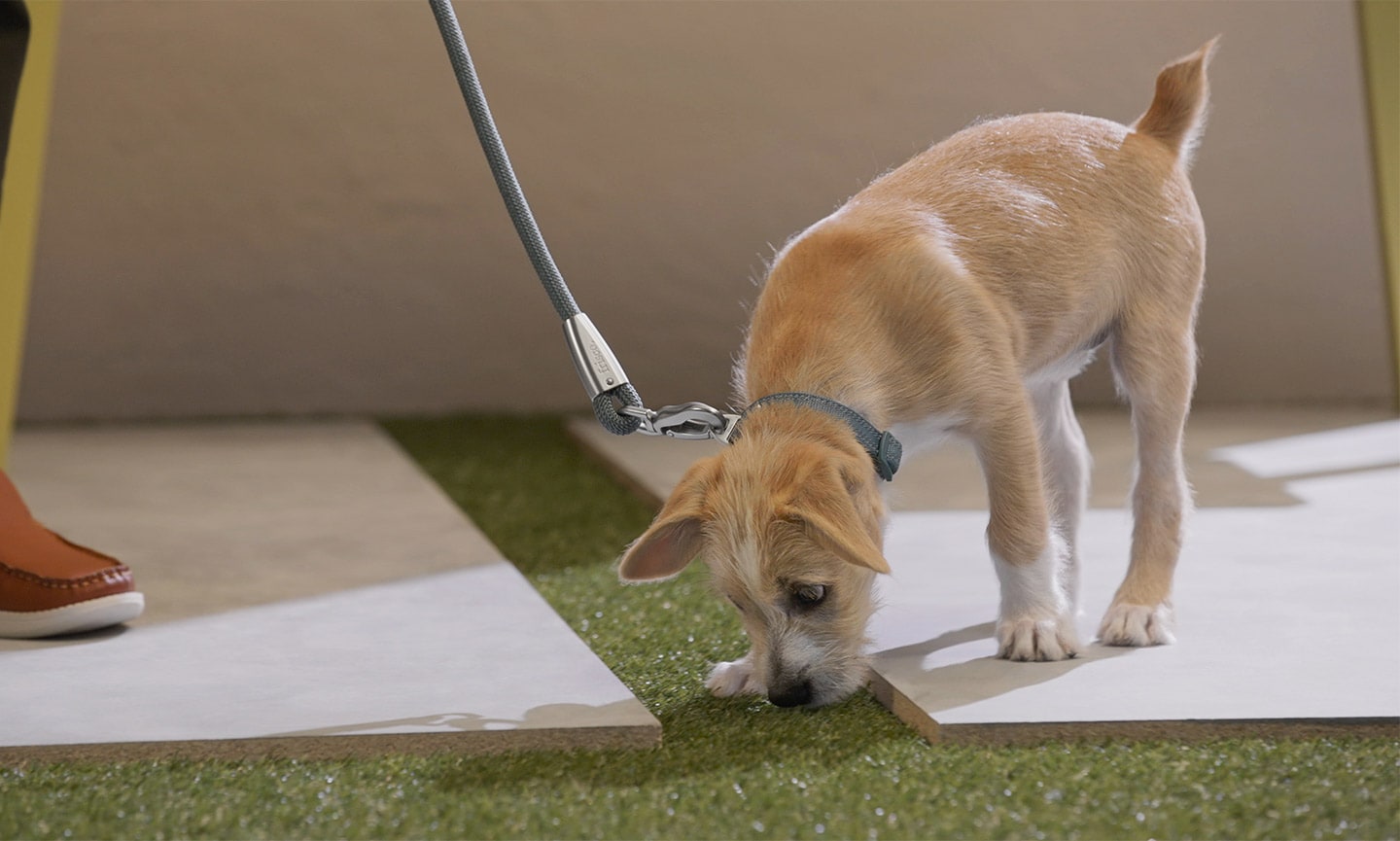Last Updated on September 24, 2025 by Emily Hartman
Imagine coming home to find your floor spotless, free from unexpected surprises left by your furry friend. Toilet training your dog can transform this dream into reality.
It’s not just about teaching your pet where to go; it’s about creating a harmonious home environment where both you and your dog thrive. You might be wondering, “How do I toilet train my dog effectively? ” You’re not alone.
Many pet owners face this challenge, and the solution is within reach. This guide is designed to empower you with simple, effective strategies to train your dog, making the process smooth and stress-free. Let’s dive in and discover how you can achieve the clean, happy home you’ve always wanted.

Credit: www.serasi.tech
Contents
Choosing The Right Tools
Toilet training a dog requires patience and the right tools. Picking suitable tools makes the process smoother and faster. These tools help create a routine and positive environment. Let’s explore the essentials for successful dog toilet training.
Crate Selection
A crate is a valuable tool for toilet training. Choose a crate that fits your dog’s size comfortably. It should allow them to stand, turn, and lie down. Dogs avoid soiling their sleeping area. This natural instinct aids in potty training.
Puppy Pads
Puppy pads offer a convenient indoor solution. Place them in areas where accidents often occur. Gradually move the pads closer to the door. This encourages your dog to head outside for bathroom breaks.
Leash And Harness
A leash and harness help establish a routine. Take your dog out regularly on a leash. This teaches them where and when to relieve themselves. Consistent walks reinforce good habits.
Cleaning Supplies
Accidents will happen. Stock up on cleaning supplies to manage them. Enzymatic cleaners remove odors effectively. This prevents your dog from returning to the same spot.
Treats And Rewards
Positive reinforcement motivates dogs during training. Use small treats to reward successful bathroom trips. Praise and treats encourage your dog to repeat good behavior.

Credit: www.chewy.com
Establishing A Routine
Creating a routine is essential for toilet training a dog. Consistent schedules for feeding, walking, and bathroom breaks help your dog learn. Praise and rewards encourage positive behavior and reinforce good habits.
Establishing a routine is crucial when toilet training your dog. Dogs thrive on consistency and knowing what to expect. By setting a schedule, you create a structured environment that helps your furry friend understand when and where to do their business.
Set Regular Feeding Times
Regular feeding times help regulate your dog’s bathroom schedule. Feed your dog at the same times each day. This predictability makes it easier for you to anticipate when your dog needs to go outside.
Use Scheduled Bathroom Breaks
Take your dog outside frequently, especially after meals and naps. Aim for every two to three hours. This regularity teaches your dog that outside is the place to relieve themselves.
Consistent Command Words
Choose a simple phrase like “go potty” and use it consistently. Dogs associate words with actions through repetition. Soon, your dog will understand what you expect when you say the command.
Reward Good Behavior
Every successful trip outside should be followed by praise or a treat. Positive reinforcement encourages your dog to repeat the behavior. It also strengthens your bond and builds trust.
Be Patient And Observant
Accidents might happen, and that’s okay. Recognize signs that your dog needs to go, like sniffing around or pacing. Patience and observation help you react promptly and prevent indoor accidents.
Adjust As Needed
Every dog is different. What works for one might not work for another. Be flexible and adjust the routine based on your dog’s progress and needs. Isn’t it rewarding to see your dog successfully following the routine? With consistency and patience, you’ll be on your way to having a well-trained dog. Have you tried any of these strategies with your own pet? What worked best for you?
Positive Reinforcement Techniques
Toilet training a dog requires patience and understanding. Positive reinforcement techniques can make this process easier and more enjoyable. These methods focus on rewarding good behavior rather than punishing mistakes. This approach helps your dog learn quickly and builds a strong bond between you and your pet.
Using Treats As Rewards
Dogs love treats. Use them to encourage good toilet habits. When your dog successfully uses the toilet, give a small treat. This rewards their behavior and motivates them to repeat it.
Verbal Praise
A cheerful voice can be very effective. Praise your dog immediately after they toilet in the right place. Saying “good job” or “well done” makes them feel appreciated.
Consistency Is Key
Consistency helps dogs learn faster. Always reward the same behavior each time. This consistency shows your dog what you expect from them.
Timing Matters
Reward your dog as soon as they toilet correctly. Quick rewards help them understand the link between their actions and the treat. Waiting too long confuses them.
Using Toys As Incentives
Some dogs respond well to toys. Offer a favorite toy after successful toilet use. This keeps the training fun and engaging for your pet.
Creating A Routine
Establish a toilet routine for your dog. Take them outside at the same times daily. This routine helps your dog know when it’s time to toilet.
Understanding Your Dog’s Signals
Watch for signs your dog needs the toilet. Recognizing these signals helps you act quickly and prevents accidents. This attentiveness reinforces their positive behavior.

Credit: www.youtube.com
Frequently Asked Questions
How Long Does It Take To Toilet Train A Dog?
Toilet training a dog typically takes 4-6 months. Puppies may learn quicker with consistent routines and positive reinforcement.
What Is The Best Age To Start Toilet Training?
Begin toilet training when your puppy is 12-16 weeks old. They can hold their bladder longer at this age.
Should I Use Puppy Pads For Toilet Training?
Yes, puppy pads can be helpful. They provide a designated spot indoors until your dog learns to go outside.
How Often Should I Take My Dog Outside?
Take your dog outside every 2-3 hours. Consistent trips help them learn where to relieve themselves.
Conclusion
Toilet training your dog takes patience and consistency. Start with a routine. Reward good behavior with treats and praise. Accidents happen, so don’t punish your dog. Instead, focus on positive reinforcement. Always clean messes thoroughly to avoid lingering scents. Training tools like crates or puppy pads can help.
Stay calm, and be persistent. With time, your dog will learn. Remember, every dog is different. Adjust your approach as needed. Celebrate small victories along the way. Happy training!

Emily Hartman is a lifelong dog lover, writer, and canine care enthusiast. With years of experience in pet parenting and a deep passion for helping others raise happy, healthy dogs, she shares practical tips, thoughtful advice, and product recommendations to make life better for pups and their people. When she’s not writing, you’ll find her hiking with her rescue lab, Milo, or exploring new dog-friendly spots around town.

